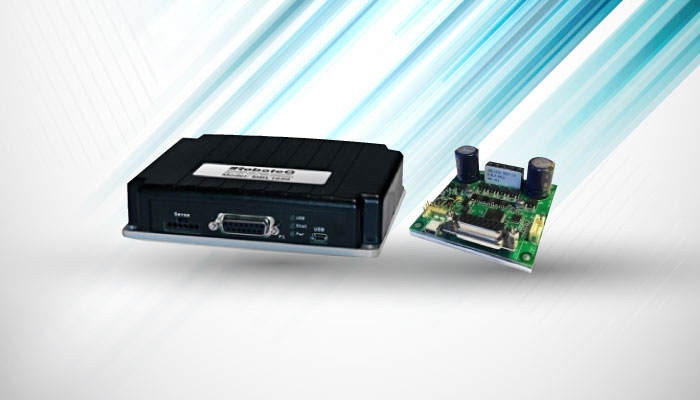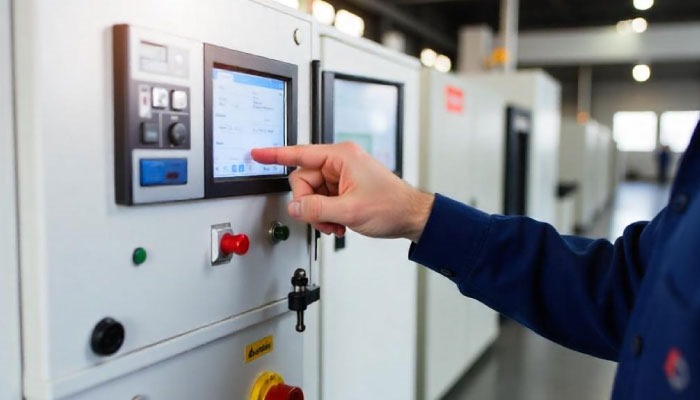Applications of Temperature Transmitters in Hazardous Environments
.jpg)
Temperature transmitters find critical applications in hazardous environments across various industries such as petrochemical, oil and gas, chemical processing, mining, pharmaceutical manufacturing, and food and beverage processing. In these settings, where flammable gases, volatile liquids, corrosive chemicals, and high temperatures pose significant safety risks, temperature transmitters play a crucial role in monitoring and controlling temperatures to prevent accidents, equipment failures, and environmental damage.
Equipped with rugged construction, intrinsically safe designs, and hazardous area certifications, temperature transmitters ensure accurate and reliable temperature measurements while mitigating the risk of ignition and ensuring the safety of personnel and assets in hazardous environments.
Exploring the Role of Temperature Transmitters in Hazardous Environments
Temperature transmitters are invaluable tools in preventing accidents, providing accurate and reliable temperature measurements while withstanding the rigors of hazardous conditions. In this blog post, we'll delve into the various applications of temperature transmitters in hazardous environments and how they contribute to safety and efficiency.
- Petrochemical Industry:
In the petrochemical industry, temperature transmitters are used to monitor temperatures in various processes such as distillation, refining, and storage. These environments often involve flammable gases, volatile liquids, and high temperatures, making accurate temperature monitoring essential for preventing explosions, leaks, and equipment failures. Temperature transmitters installed in hazardous areas are designed to withstand corrosive chemicals, extreme temperatures, and potentially explosive atmospheres, ensuring reliable operation in challenging conditions.
- Oil and Gas Exploration:
In oil and gas exploration and production facilities, temperature transmitters are deployed to monitor temperatures in drilling operations, pipelines, and storage tanks. These environments are prone to high pressures, corrosive fluids, and flammable gases, posing significant safety risks if temperature fluctuations are not properly monitored. Temperature transmitters equipped with intrinsically safe designs and explosion-proof housings provide accurate temperature readings while mitigating the risk of ignition in hazardous atmospheres.
- Chemical Processing Plants:
Chemical processing plants utilize temperature transmitters to monitor temperatures in reactors, storage vessels, and piping systems. The presence of hazardous chemicals, reactive substances, and high temperatures necessitates precise temperature control to prevent chemical reactions, leaks, and equipment damage. Temperature transmitters with rugged construction and hazardous area certifications ensure safe and reliable temperature monitoring in these demanding environments.
- Mining Operations:
In mining operations, temperature transmitters play a crucial role in monitoring temperatures in underground tunnels, processing plants, and equipment such as crushers and conveyors. Underground mines are characterized by confined spaces, dust, and potential gas emissions, creating hazardous conditions for personnel and equipment. Temperature transmitters designed for use in hazardous areas provide accurate temperature measurements while withstanding harsh mining environments.
- Pharmaceutical Manufacturing:
In pharmaceutical manufacturing facilities, temperature transmitters are utilized to monitor temperatures in cleanrooms, manufacturing equipment, and storage areas for sensitive medications and vaccines. Maintaining precise temperature control is essential for ensuring product quality, efficacy, and compliance with regulatory requirements. Temperature transmitters equipped with high-accuracy sensors and hazardous area approvals ensure reliable temperature monitoring in pharmaceutical production environments.
- Food and Beverage Processing:
Temperature transmitters are employed in food and beverage processing plants to monitor temperatures in cooking, cooling, and storage processes. These environments must comply with strict food safety regulations to prevent contamination and ensure product quality. Temperature transmitters with hygienic designs and hazardous area certifications are used to monitor temperatures in areas where flammable gases or combustible dust may be present, such as grain silos or fermentation tanks.
Thus, in hazardous environments where safety is paramount, temperature monitoring is essential for preventing accidents, protecting personnel, and ensuring the integrity of equipment and processes. Temperature transmitters play a critical role in providing accurate and reliable temperature measurements in these challenging conditions. Whether in petrochemical plants, oil and gas facilities, chemical processing plants, mining operations, pharmaceutical manufacturing, or food and beverage processing, temperature transmitters equipped with hazardous area certifications offer peace of mind by ensuring safe and efficient temperature monitoring in hazardous environments.
Elevate your industrial processes with precision and reliability – choose Theta Controls, your trusted partner for cutting-edge automation solutions. Explore our wide range of products, including Digital Temperature Indicator Controllers, Hybrid Data Loggers, and Paperless Chart Recorders. Our advanced Process Indicator Controllers, Multifunction Timers, and Digital Timers are designed to optimize efficiency. For seamless temperature monitoring, our Temperature Transmitters provide accuracy you can rely on.
Upgrade your control systems with Theta Controls – where innovation meets excellence.
Contact us today.


